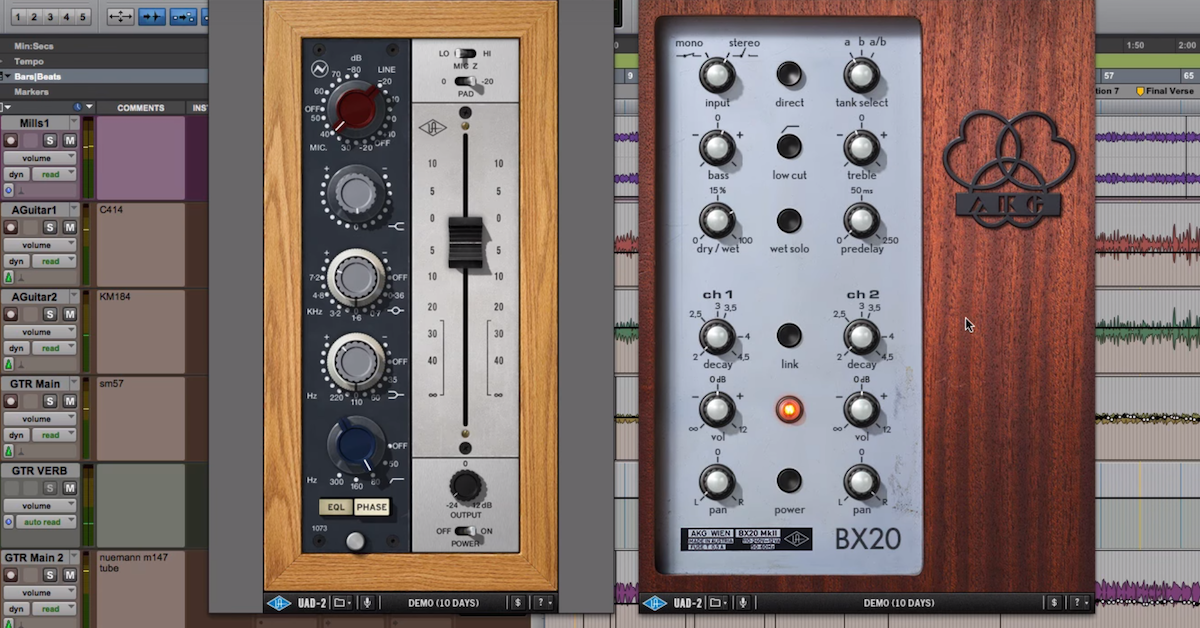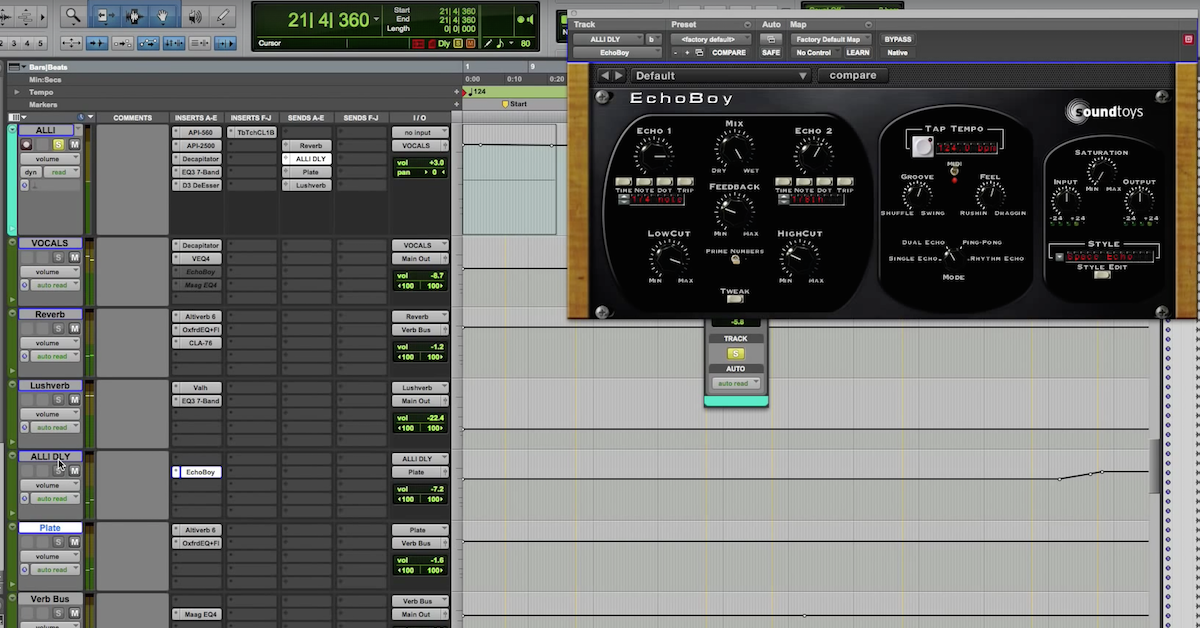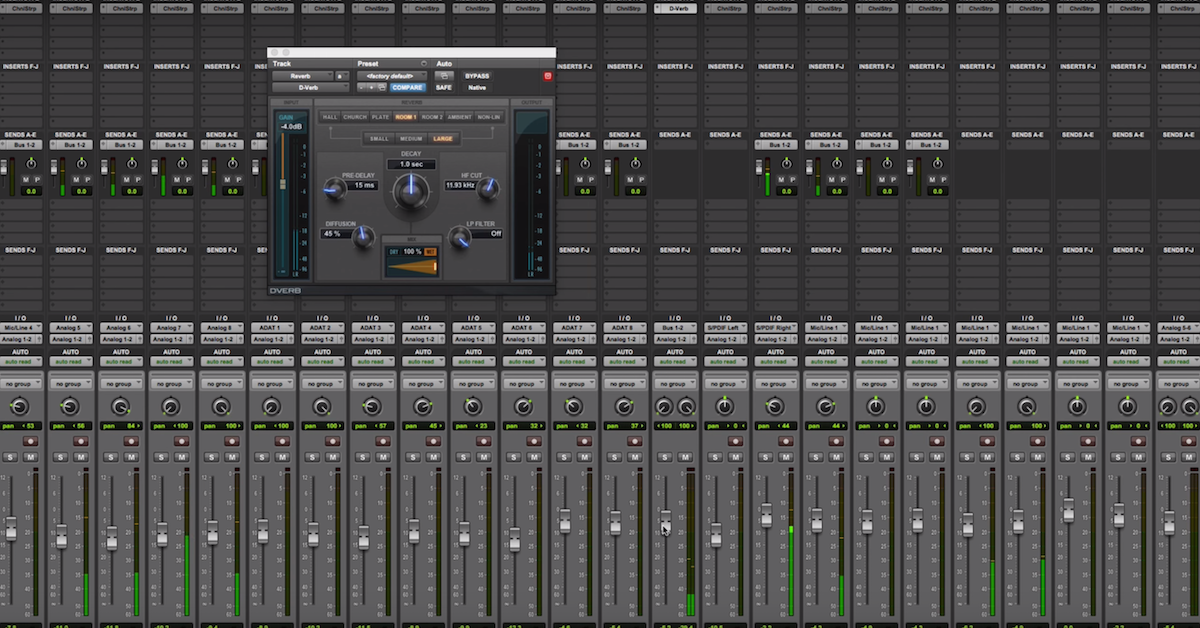4 Ways to Use Spring Reverb (+ Favorite Plugins)
Article Content
In my last article, I looked at the history and some of my favorite uses for plate reverb. I gave some context there for reverb as a sonic phenomenon — and as a studio effect — that’s worth checking out if you haven’t already.
In this article, I’m going to be looking at plate reverb’s older (and quirkier) cousin, spring reverb. Both arose in the mid 20th century as (relatively) compact ways to reproduce the sort of reverb heard in real world spaces, both ended up contributing something entirely new to music production, and both still are used today. That said, spring reverb is its own beast, and hopefully by the end of this article you’ll have an idea of how it can fit into your workflow.
Spring Into Action
Spring reverb as we know it first appeared in Hammond organs in the 1940s. The origin of spring reverb goes back even farther than that, however. The design was originally conceived at Bell Labs as a method to recreate the delays heard over telephone lines.
The concept behind spring reverb is simple and not too different from the way plate reverb functions. Sound is fed into one or more long metal springs, usually suspended in a metal enclosure, which reverberate in a way that mimics the sort of reflections we hear in reverberant physical spaces.
Well, sort of, anyway. Spring reverbs were included in Hammond organs to recreate the sound of an organ in a church or a concert hall — but spring reverb has an unmistakable tone of its own. If you’ve ever heard it (you almost definitely have) you wouldn’t mistake spring reverb for the ambience of a cathedral.
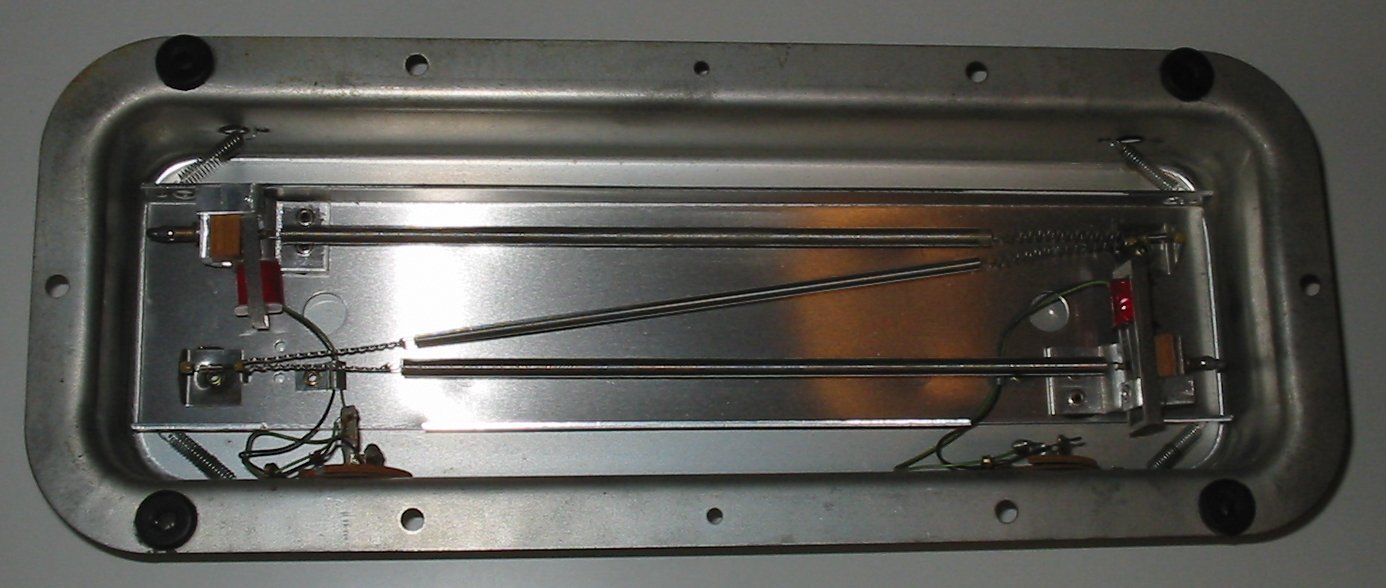
The insides of a spring reverb tank
The Sound of Spring
Though spring reverbs were first heard in a musical context in the 1940s, it wasn’t until they started appearing in Fender guitar amps in the early 1960s that they really came into their own. Fender also produced spring reverbs as a standalone “tank” that became popular, in particular, with surf guitarists. You can hear a classic example of that sound in Dick Dale’s “Miserlou.” Listen for the signature “splashiness” in the opening guitar notes:
Spring Reverb vs Plate Reverb
On the surface, there are some obvious similarities between the sound of spring and plate reverbs. Both are characteristically bright and metallic and both feature fairly long decay times. The similarities kind of end there, though. Spring reverb is like plate reverb’s older sibling, but everyone always assumes that plate is the older one because it’s got its act together much better.
How about another one? Plate reverb is like a glass of champagne, served by a waiter wearing white gloves. Spring reverb is like taking a sip of moonshine from a mason jar in an alley. There are some inherent similarities (booze served in some kind of glass vessel; suspended metal thing that imitates natural reverb) but you probably wouldn’t mistake one for the other.
Put another way: both plate and spring reverbs are bright, both blend well with other reverbs (room, hall, chamber, etc.) and both have a dramatic, “vintage” sounding tone. But where plates sound lush and rich, springs tend to be thinner and, well… springy.
Pros and Cons of Spring Reverb
It might seem at this point like I don’t like spring reverbs, but that couldn’t be farther from the truth. I have a standalone Fender reverb tank sitting in my studio next to me as I write this article, and it gets used all the time.
The case for spring reverbs starts with convenience. True, a hardware spring reverb might not be as convenient as plugin reverbs you can call up in your DAW. But compared to a chamber or plate, a reverb unit that you can carry with one hand and put on the floor of your car has obvious appeal. And if that reverb was already built into a guitar amp or an organ, even better.
The fact that amps are still being made with onboard springs leads to another point in favor of spring reverb: nothing else really sounds quite like it. Their singular tone imparts a kind of timeless cool when paired with the right instrument (twangy guitars for one, but so many more!). The sound of a spring reverb is like tail fins on a Cadillac, like catching the perfect wave or like putting on a pair of black Ray Ban sunglasses… You get the point. Say what you want about digital convolution reverb, but Notre Dame and the Taj Mahal just don’t have that kind of mojo.
Of course, the downsides of spring reverb are fairly obvious. Most (but not all!) spring reverbs are just not going to be right for many normal uses of reverb. Spring reverb is not going to be a great choice to “put some air” on a mix. It is not going to be that “little extra something” to add some depth to a classical piano recording. It is probably a weird fit any time “subtle” is part of what you’re going for.
Ok, enough disclaimer. Here are some favorite ways to use spring reverb in a mix.
1. Classic Electric Guitar
This first way to use spring reverb is the most time tested: as the definitive ingredient in quite a few iconic guitar tones. Though spring ‘verb usually connotes 60s surf rock or country picking, its inclusion in guitar amps over the decades means it’s a crucial part of all sorts of guitar sounds. Yes, that includes twangy Teles and jangly Jazzmasters, but also smokey blues licks, thick rock guitar leads… the list goes on. The bottom line: regardless of the number of strings or the type of pickups, whether it’s fretted or played with a slide, electric guitar and spring reverb are a natural combination.
A crucial aspect of all these sounds is that the reverb tends to be heard through the amp. Yes, there are ways to add spring reverb in the studio, and yes, there are reasons you’d want to do that — but these types of guitar tones are better dialed in the old fashioned way. And like their cousin, plate reverb, springs play very nicely with more natural sounding ambience, whether that’s done in-the-box or by backing the mic up a few feet off the guitar cabinet. If you’re recording guitar DI, try throwing a spring reverb emulation on before your amp sim in the signal chain for most authentic results.
2. Dubbed-Out Percussion
Spring reverbs were standard kit for vintage dub reggae productions. The late Lee “Scratch” Perry’s work exemplifies this aesthetic, and the percussion intro from this song by The Congos features a healthy dose of spring reverb paired with tape echo:
The spring reverb and echo in this recording are a natural complement to the dry recordings made in Perry’s relatively small studio, Black Ark, which he built in his backyard in the early 1970s. Whether motivated by necessity or divine guidance, Scratch’s relentless experimentation helped birth a musical style that was transformative not only for reggae, but for the sense of artistry in producing and mixing just about any genre.
Spring reverb was a crucial part of not only Perry’s sound, but dub records from this period and beyond. If you have dry drums that need to be dubbed out, try drenching them in your favorite spring reverb. For best results, have some tape echo on hand too.
3. Spacey Synths
Spring reverb is not the best choice for adding “realistic space” to a recording, it’s true. But sometimes the goal is less “realistic space,” and more outer space.
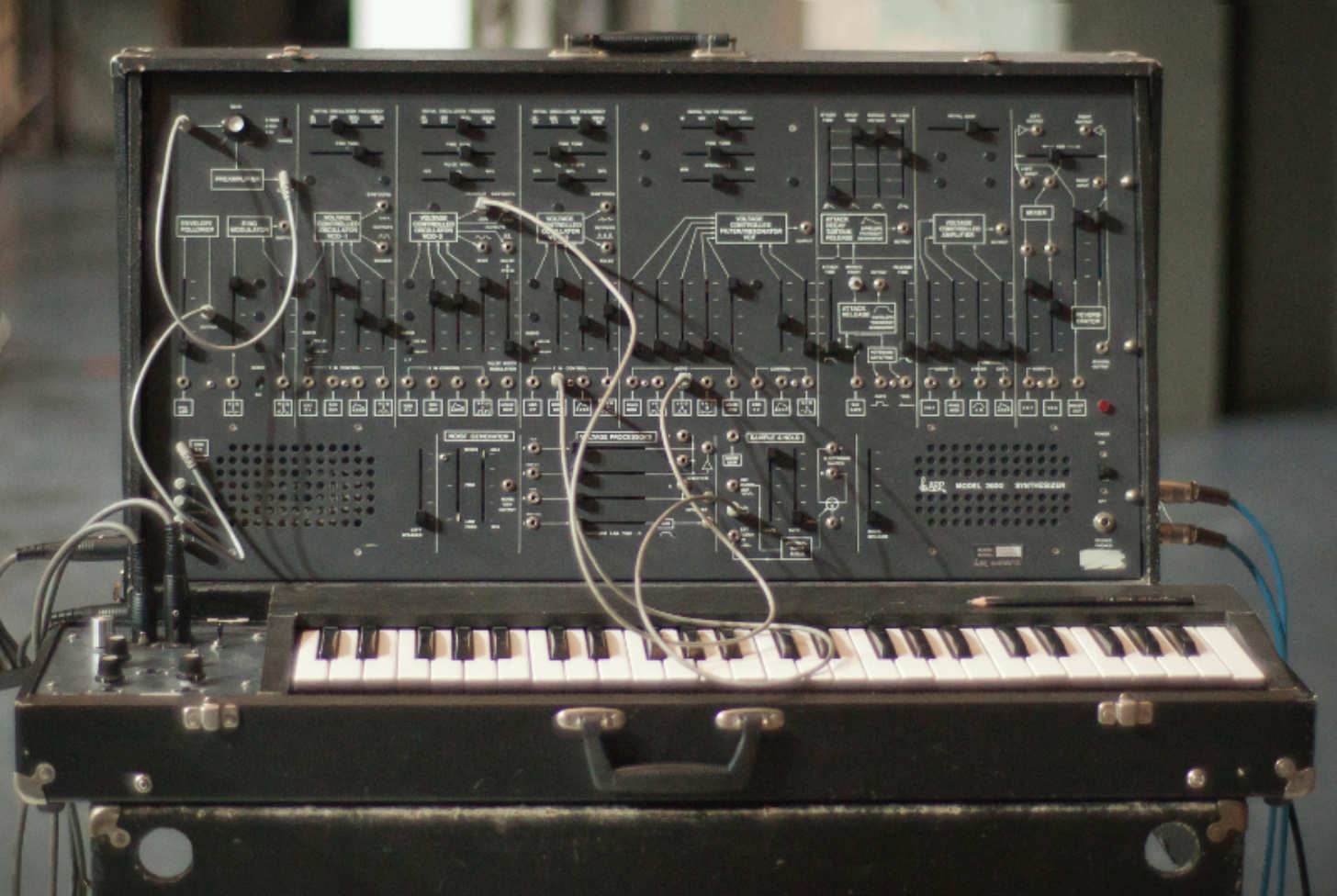
ARP 2600
From its first appearance in Hammond organs, spring reverb has had an enduring friendship with electronic oscillators. Spring reverb remained the best viable option for instruments with onboard reverb until digital technology became more accessible, and many vintage synths (like the ARP 2600) featured notable spring reverbs that contributed to their sound.
Even when working with software instruments and effects, the brightness of spring reverbs can help draw attention to a synth in a mix. And since the sound in question is usually pretty unnatural to begin with, giving it a “natural” sounding space to live in is by no means mandatory.
Dry synths can come across as austere or confrontational in some mixes. Spring reverb is a great choice when synths need a touch of softening without losing their distinctness.
4. Vocals With Character
Though spring reverb is not often my first choice for a vocal, it can add an attention-grabbing vibe to any vocal track that you’d like to stand out. Spring and plate reverbs are similar in this regard, though plate reverbs will tend do come across as silkier than most of their springy siblings. The keyword for spring reverb on a vocal track is grit.
In fact, this sort of use of spring reverb often works well when we want to really lean into some bold choices with a vocal — like adding saturation and otherwise making bold choices that lean into character rather than aiming to make a voice sound “nice.” You might even look to a guitar amp for that saturation — either a physical one or your favorite sim. That combination can create a rawness in a vocal track, making it feel visceral and exciting even when tones are dialed completely in the box.
Favorite Spring Reverb Plugins
I admittedly rely on my physical reverb tank most often when I’m looking for for spring reverb tones, but there are some great software emulations out there. Here are a few of my favorites:
1. UAD AKG BX20
The BX20 is capable of lush, shimmery tones that actually work in settings where you might otherwise use a plate reverb. You can throw it on vocals without having to dirty them up to make things sound right. UAD’s emulation sounds fantastic, and it’s the plugin spring reverb I turn to most often when I want a top-shelf version of the classic spring reverb sound.
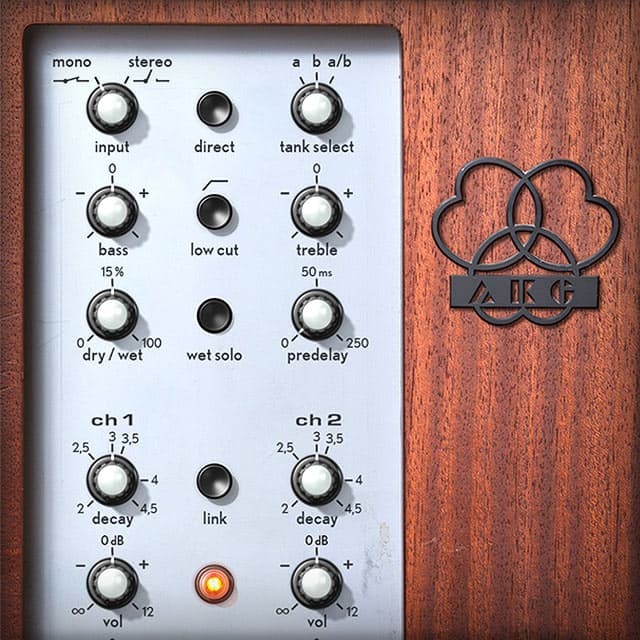
2. UAD Galaxy Echo
UAD’s Galaxy Echo is an emulation of a tape echo, albiet one that featured spring reverb. This is more of a standard “character” spring sound from a piece of gear (the Roland RE-201) that Lee “Scratch” Perry famously used in his Black Ark studio.
If you aren’t on UAD’s platform and are hating me for leading with two of their plugins, I have some good news! More than a few companies have taken a stab at their own versions of Space Echo plugins. Arturia’s Tape-201 and Audiothing’s Outer Space are two great options worth considering.
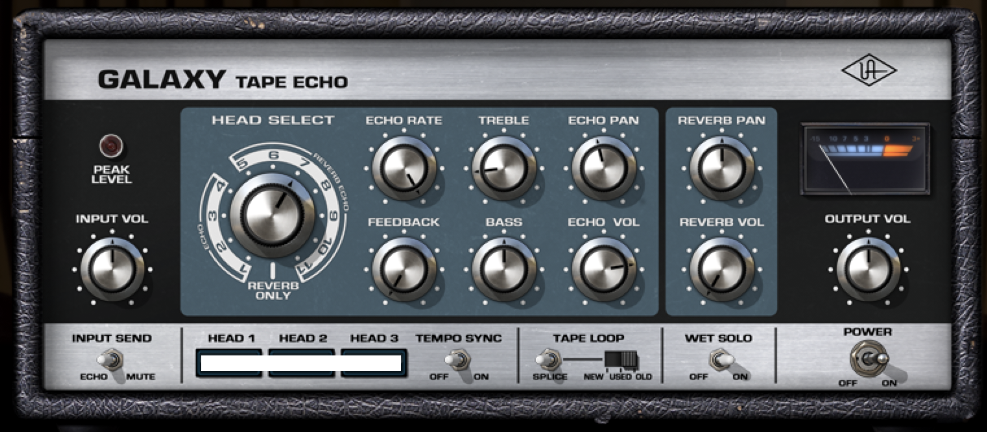
3. Arturia Rev Spring-636
The Rev Spring-636 is a recreation of another piece famously used by Perry, the Grampian 636. Like with Arturia’s synth emulations, the Spring 636 is a faithful emulation of an iconic sound from the vaults, loaded with new features and controls.
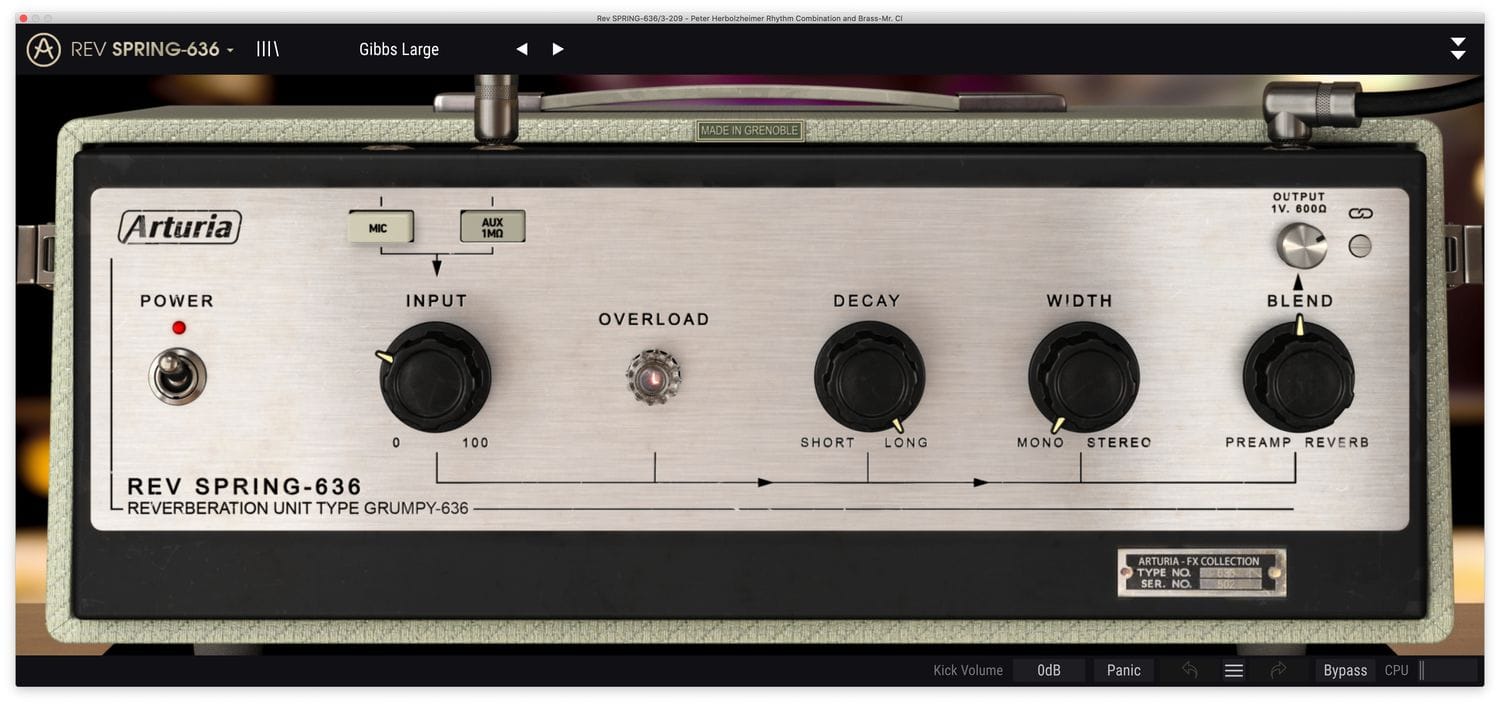
Other Notables
If the above aren’t enough options for you, Eventide’s Spring, u-he’s Twangström, and Softube’s Spring Reverb are all well-regarded plugins that won’t break the bank. And if you’re really strapped for cash, chances are your DAW may have a perfectly workable spring reverb option already living on your computer. I have personally been known to use Pro Tools’ AIR spring reverb on a few occasions and have been happy with the results.
Conclusion
Spring reverb might not be the most realistic or the most versatile… ok, who am I kidding? It’s definitely not — on either count. Still, its staying power in music production over the decades shows that it still has something to add, no matter how simple the technology or how quirky the sound.






